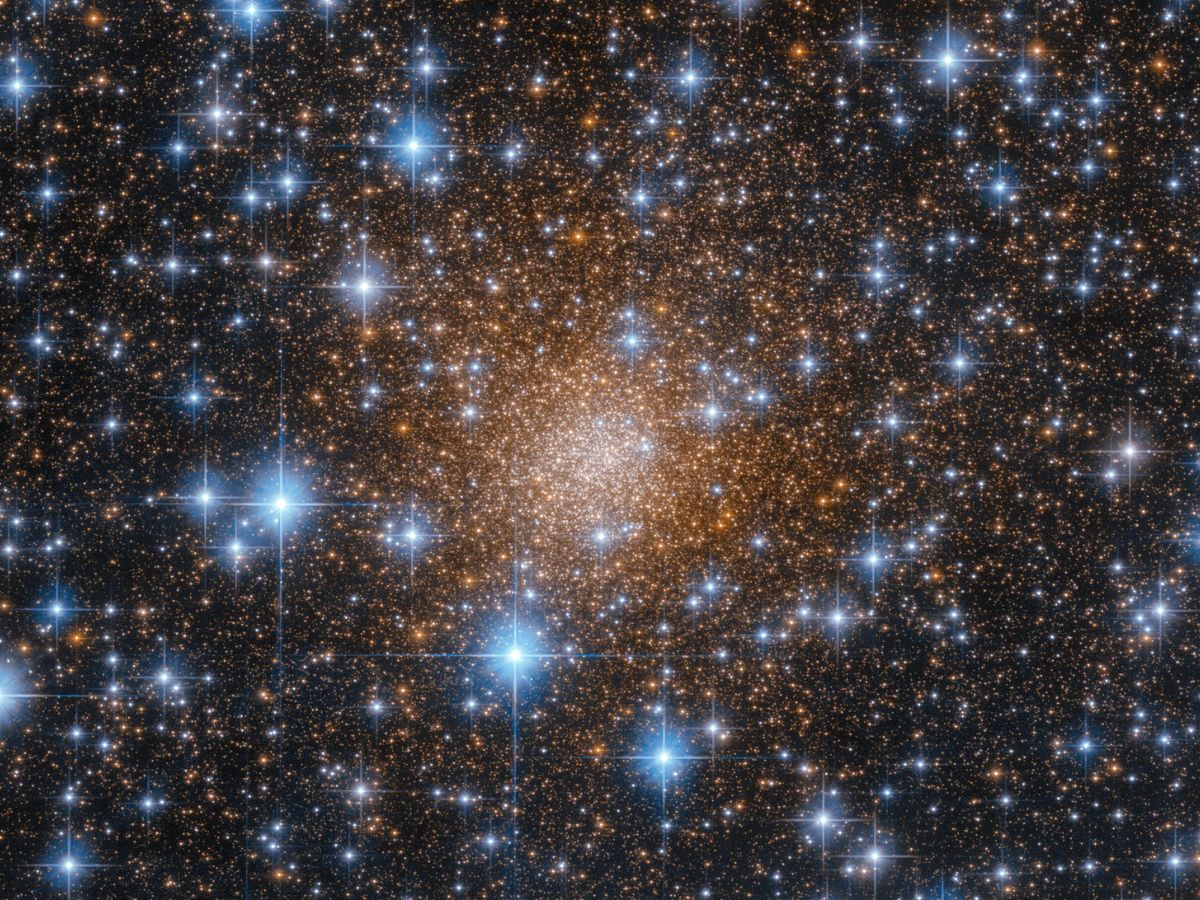NASA Extends Diwali Wishes By Sharing Image Of A ‘Celestial Festival Of Lights’ Captured By Hubble. See PIC
NASA has called the globular cluster a “celestial festival of lights”. The globular cluster is located 30,000 light years away from Earth, near the centre of the Milky Way galaxy.

NASA has extended Diwali wishes to everyone who celebrates the festival by sharing on social media an image of a globular cluster captured by the Hubble Space Telescope. The space agency has called the globular cluster a “celestial festival of lights”. The globular cluster is located 30,000 light years away from Earth, near the centre of the Milky Way galaxy.
A globular cluster is a stable, tightly bound cluster of tens of thousands to millions of stars, and are associated with all types of galaxies.

Happy #Diwali to all those who celebrate ✨@NASAHubble captured a celestial festival of lights – a globular cluster – 30,000 light-years away from Earth, near the dense and dusty center of our own Milky Way galaxy. pic.twitter.com/JJJNAGFOnc
— NASA (@NASA) November 12, 2023
The globular cluster is Liller 1, and has tightly bound blue stars. Hubble's Wide Field Camera 3 (WFC3) captured this image with precision because the instrument is sensitive to wavelengths of light the human eye cannot detect.
MUST READ | Science For Everyone: Why Delhi Air Pollution Is So Severe, And What Needs To Be Done
Liller 1 is located within the Milky Way's 'bulge', which refers to the dense and dusty region at the centre of the galaxy.
As a result, interstellar dust has heavily obscured Earth's view of Liller 1. Interstellar dust scatters visible light, especially blue light, quite effectively.
MUST READ | Delhi Air Pollution: How Outdoor And Indoor Air Pollution Affect Male And Female Reproductive Health
However, infrared and red visible light can pass through the dusty regions, and since WFC3 is sensitive to both visible and near-infrared wavelengths, the instrument has been able to see through the clouds of dust.
Liller 1 is a unique globular cluster because it contains a mix of very young and very old stars. This makes Liller 1 interesting because most globular clusters have only old stars, some of which are as old as the universe.
MUST READ | How Are Planets Made? NASA's James Webb Space Telescope Makes Breakthrough Discovery
Liller 1 has two distinct stellar populations with different ages, the youngest population being one to two billion years old, and the oldest one being 12 billion years old.
This means that Liller 1 was formed over an extraordinarily long period of time, according to NASA.
MUST READ | NASA's Chandra X-ray And Webb Discover Most Ancient Supermassive Black Hole Observed In X-rays. SEE Pic
Related Video
Southern Rising Summit 2024: How Important is Self-Awareness? Insights from Anu Aacharya | ABP LIVE





































